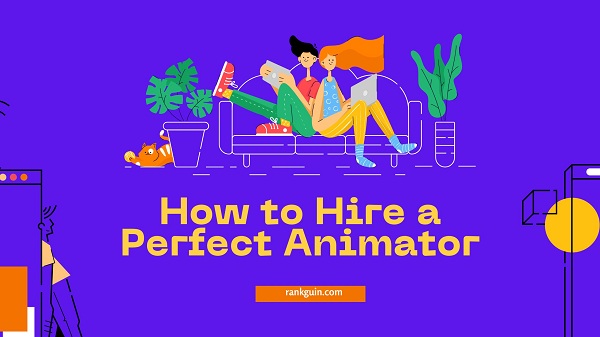In 2025, YouTube introduced a groundbreaking feature called Automatic Dubbing or
Auto-Dubbed Content, designed to help creators reach global audiences effortlessly.
This tool uses AI voice translation to create new multilingual audio tracks for your videos. Each dubbed version is automatically added to your video and labeled as “auto-dubbed.”
Viewers can easily switch between the original audio and the dubbed versions through the video’s settings.
When you upload a new video, YouTube will automatically create and publish dubs in supported languages. Over time, your older videos may also get auto-dubbed versions.
Why This Feature Matters
YouTube’s Auto-Dubbing aims to make video content more accessible worldwide and help creators grow faster with less manual effort.
Key Benefits:
- Reach a global audience without extra editing
- Help non-English speakers understand your content
- Increase watch time and engagement
- Save money on translators and voice-over artists
This is especially valuable for educational, tutorial, or information-based content creators.
Limitations and Things to Keep in Mind
As with any AI-driven feature, automatic dubbing isn’t perfect. Here are a few limitations to consider:
- The emotion and tone of voice may not be fully preserved, making the dub sound flat at times.
● AI may mistranslate names, slang, or idioms.
- Heavy accents or background noise can reduce dubbing accuracy.
- Voice matching may not always align perfectly with gender or tone.
YouTube allows creators to review and approve dubs before publishing to maintain quality.
Supported Languages
YouTube currently supports two translation directions:
To English from other languages and From English to other languages.
To English (From Other Languages):
Bengali, Dutch, French, German, Hebrew, Hindi, Indonesian, Italian, Japanese, Korean, Malayalam, Polish, Portuguese, Punjabi, Romanian, Russian, Spanish, Tamil, Telugu, Turkish, Ukrainian, Vietnamese.
From English:
Dutch, French, German, Hindi, Indonesian, Italian, Japanese, Korean, Polish, Portuguese, Spanish.
Some languages are marked as “experimental” as YouTube continues to improve translation quality.
You can check which languages are available for your videos in the Languages tab of YouTube Studio.
How to Enable or Disable Automatic Dubbing
To Enable Automatic Dubbing:
- Open YouTube Studio on desktop
2. Go to Settings → Upload defaults → Advanced settings
- Check the box “Allow automatic dubbing”
- (Optional) Enable “Manually review dubs before publishing” for quality control
To Disable Automatic Dubbing:
1. Go to Settings → Upload defaults → Advanced settings
- Uncheck the box “Allow automatic dubbing”
- Click Save
Note: Automatic dubbing can only be managed from desktop, not from the mobile app.
Managing Dubs for Individual Videos
You can control dubbing on a per-video basis:
- Preview dubs – Listen before publishing
- Publish or Unpublish – Choose which languages to release
- Delete dubs – Remove languages you don’t want
All options are available under YouTube Studio → Content → Languages.
Tips for Using Auto-Dubbing Effectively
- Set the correct original language before uploading — it improves translation quality.
- Always review experimental languages manually.
- Use this feature primarily for educational or tutorial-style content for best results.
- Track which dubbed languages bring more views through YouTube Analytics.
- If one language performs well, consider creating a custom human-voiced version later.
Creator Experience and Global Reach
YouTube initially tested this feature with top creators like MrBeast and Mark Rober, and the results were impressive — dubbed versions contributed to over 25% more watch time.
As of 2025, Automatic Dubbing is now available to millions of creators worldwide. It’s transforming how creators connect with audiences across different languages and cultures.
Final Thoughts
YouTube’s Auto-Dubbed Content feature is a major leap toward making video content universally accessible.
By breaking the language barrier through AI, your videos can now reach audiences across the globe — without extra production effort.
Although the technology is still improving, it’s a huge opportunity for creators.
Enable Automatic Dubbing today and make your content truly multilingual — because the world deserves to hear your voice in every language.





